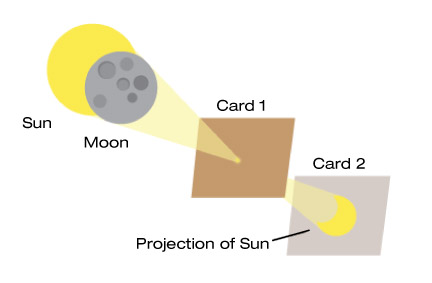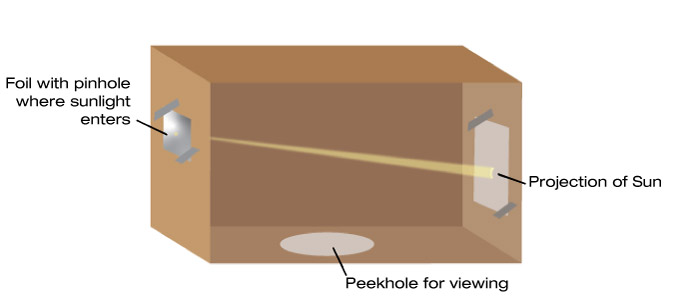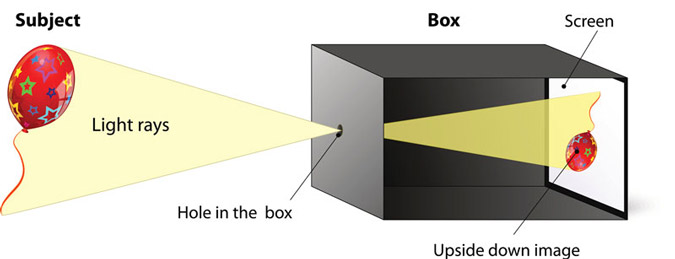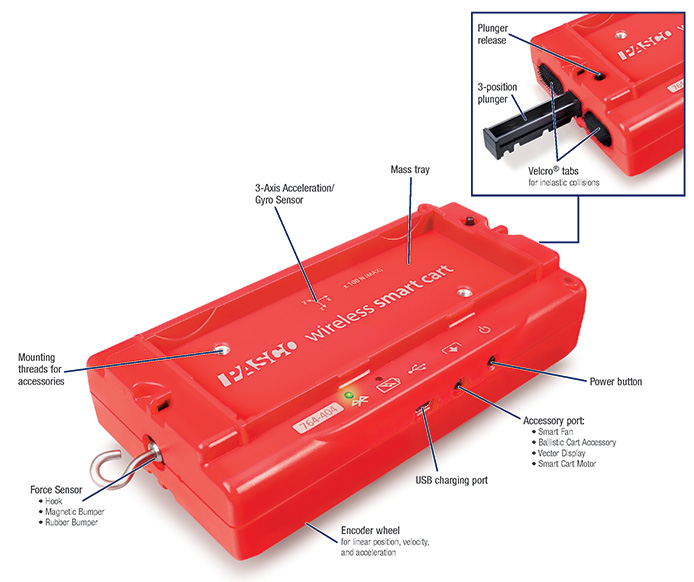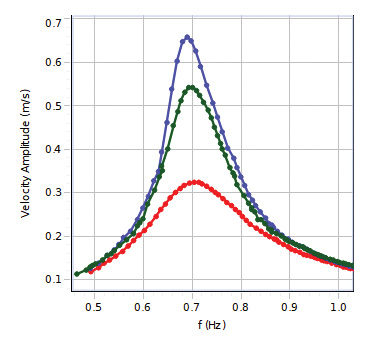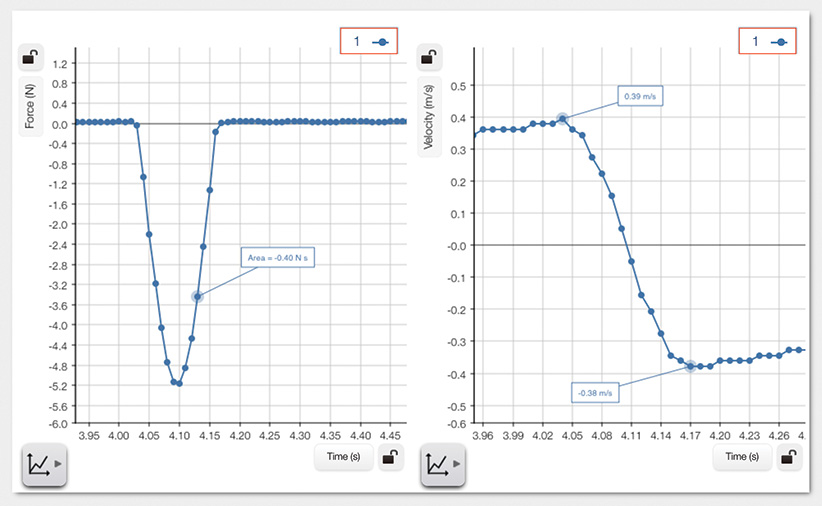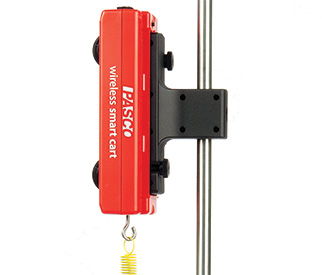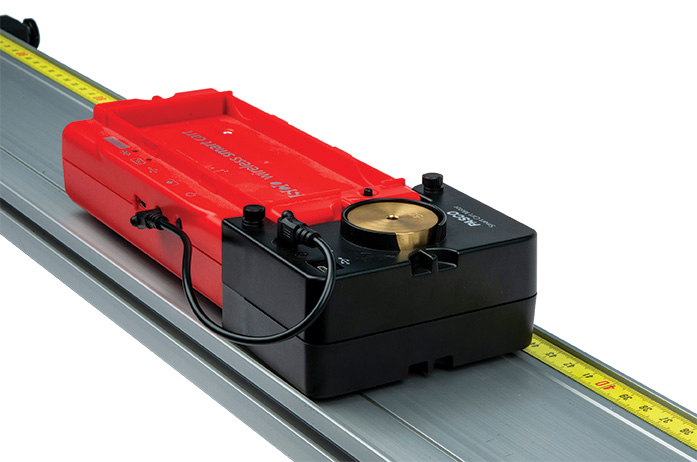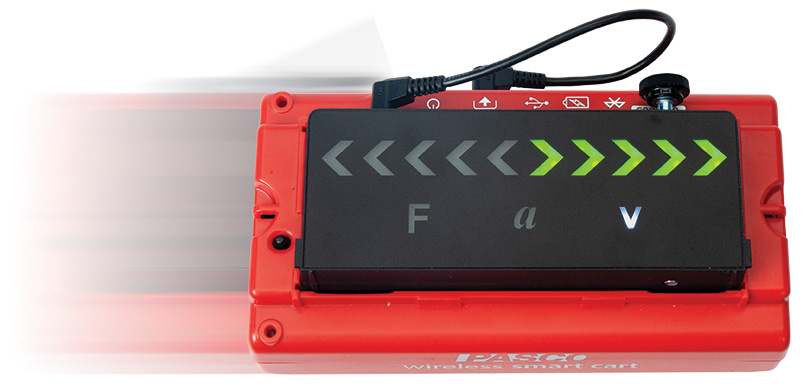Trip to Muskoka with PASCO’s Air Quality Sensor

Over the weekend, AYVA’s Marketing Director Rhonda took PASCO’s new Wireless Air Quality Sensor and Wireless Weather Sensor on a road trip to Muskoka Lakes, to test the air quality in Ontario’s cottage country vs Mississauga (one of Canada’s largest cities) – and to pick up her son (Mason) from camp.

Both sensors were turned on around 7am, at the 0 minute mark and then were in the car for a ~ 2 hours on the way up to Muskoka. The sensors were beside the lake between 10:10-10:20 a.m, around the 180-190 minute mark. From minute 210 and onward the sensors were back in the car returning to Mississauga.
The temperature varied the most by the lake, indicated by the red circle. This would make sense because of the breeze coming off the lake and since the altitude is higher in Muskoka then Mississauga the temperature would be lower at that time by the lake. The temperature had an overall increase since it is usually cooler in the mornings and warms up throughout the day.

 There was a noticeable decrease in particulate matter when the sensors reached the lake. This aligns with how particulate matter typically arises from chemicals such as sulphur dioxide and nitrogen oxides in the atmosphere which are emitted from power plants and vehicles. These are far enough away from the lake that any readings of particulate matter would be very small.
There was a noticeable decrease in particulate matter when the sensors reached the lake. This aligns with how particulate matter typically arises from chemicals such as sulphur dioxide and nitrogen oxides in the atmosphere which are emitted from power plants and vehicles. These are far enough away from the lake that any readings of particulate matter would be very small.

Volatile organic compounds (VOC’s) are compounds that have a high vapour pressure and low water solubility, and are found in both indoor and outdoor air. While some VOCs give off distinctive odours at higher levels, they may be present with no smell. The graph shows varying amounts of VOC’s throughout the trip, but near the lake they are at very low levels, close to zero. There are no chemicals or burning fuels close to the lake so therefore VOC levels are very low.

Nitrogen oxides form when fuel is burned at high temperatures. NOx pollution is emitted by automobiles, trucks and other vehicles. It was expected that these gases would not be detected by the lake since there was no fuel burning nearby. Interestingly, some levels of these gases were detected after the 400 minute mark which is around 1:50pm. These gases were likely detected when the sensors were surrounded by traffic, close to Mississauga since vehicles would be burning fuel.

The relative humidity % varied across the trip but appeared to be the highest for a longer period of time when the sensor was by the lake. This would make sense since humidity is a measure of the amount of water vapour in the surrounding air. Large amounts of water will evaporate off the lake on a hot summer day and become water vapour in the atmosphere, explaining the high humidity readings that were picked up by the sensor.


We are fortunate to have the opportunity to use PASCO’s Wireless Weather Sensor and new Wireless Air Quality Sensor on a Muskoka road trip. These sensors allowed us to obtain the best possible data needed for exploring the air quality by a lake, and how it may differ from the air quality during a long car trip. We learned that the air quality is much cleaner by the lake, with lower readings of particulate matter and VOC’s in the air that may arise from dangerous chemicals, along with no signs of dangerous nitrogen oxide levels.
PASCO’s sensors act as the perfect educational tools for classrooms, giving students a greater understanding of concepts related to chemistry, physics and biology.
Featured Sensors:
Wireless Weather Sensor with GPS











